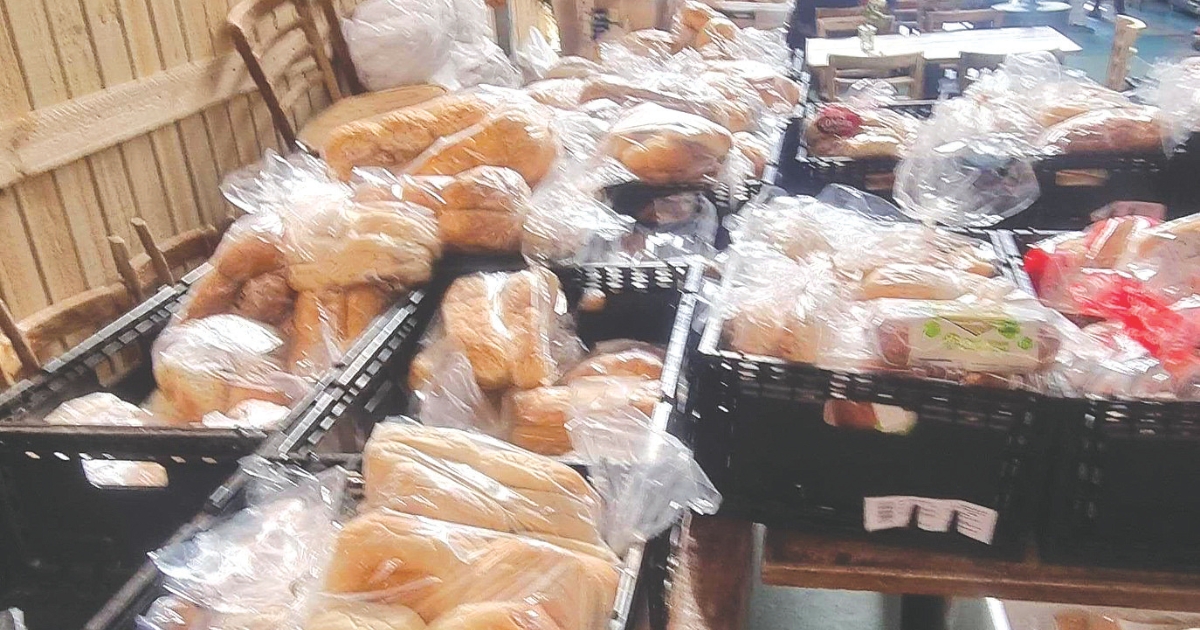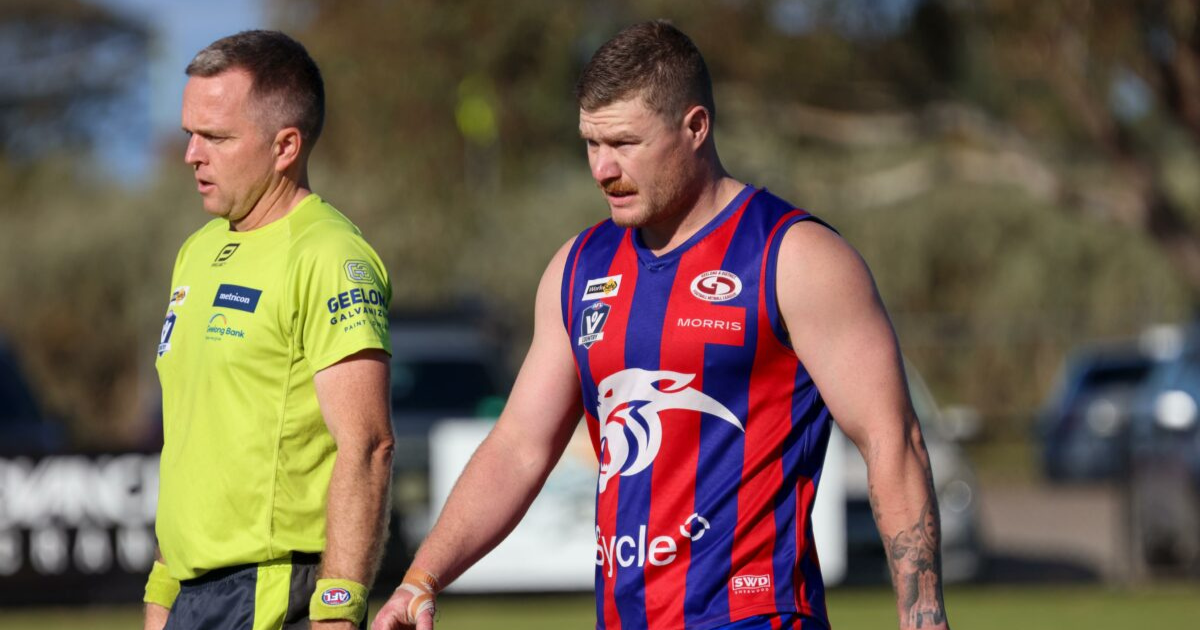Bellarine Community Health’s youth hub opens its doors

The hub is situated within the Kingston Estate in Ocean Grove and has been purpose-built to support the health, development and wellbeing of children and young people across the region. Pictured here (L-R) are BCH's executive director of child, youth and family Liz Womersley, child health manager Gus Campbell, CEO Kathy Russell, and youth manager Tana Fitzpatrick. Photos: SUPPLIED
BELLARINE Community Health (BCH) has begun delivering several key services at its newly completed Child, Youth and Family Hub, after construction at the site wrapped up at the end of last year.
The hub is situated within the Kingston Estate in Ocean Grove and has been purpose-built to support the health, development and wellbeing of children and young people across the region.
Speech pathology, occupational therapy, physiotherapy and children’s mental health services, including play therapy, are among the support programs to have transitioned to the new hub, with some youth services also expected to be offered from the site.
Designed by Four18 Architecture and built by Loaram Constructions, the hub features large, light-filled spaces, sensory equipment and children’s furniture, along with both indoor and outdoor therapy spaces.
These therapy spaces give BCH’s children and youth teams the flexibility to work with young people in a natural environment, as well as in more traditional consultation room settings.

BCH executive director of child, youth and families Liz Womersley said the hub would provide a streamlined care pathway for families on the Bellarine.
“Our team are excited to begin providing services from a purpose-built facility with children, youth people and families at the heart of its design.
“We are exploring what opportunities there might be to have other child, youth and family related services co-locate at the hub because we want this venue to be able to support families as much as possible.”
Construction of the Child, Youth and Family Hub has been designed in two stages, however BCH has only been successful in securing funding for phase one of the project.
This funding was provided through the federal Department of Health and Aged Care, which contributed $4 million to the development, and the Anthony Costa Foundation, which contributed $150,000.
The 3,000sqm parcel of land on which the hub now sits was generously donated to BCH by the Corless family, who own the Kingston Estate, in 2023.
BCH is still actively seeking funding to deliver stage two of the hub, which would allow a greater range of services to be offered at the site.
The health organisation was unsuccessful last year in its application for a $3.2 million grant through the Victorian government’s Regional Health Infrastructure Fund to complete stage two of the project, but has confirmed it will continue to pursue further grant opportunities.

















